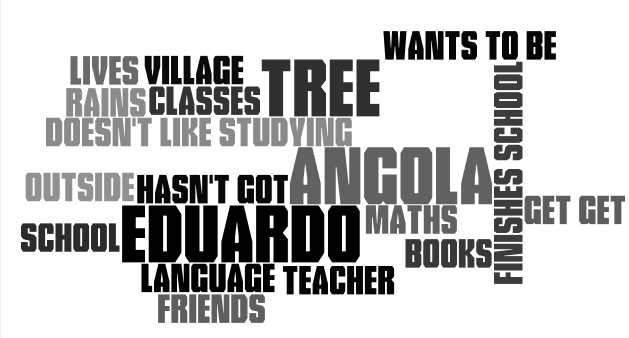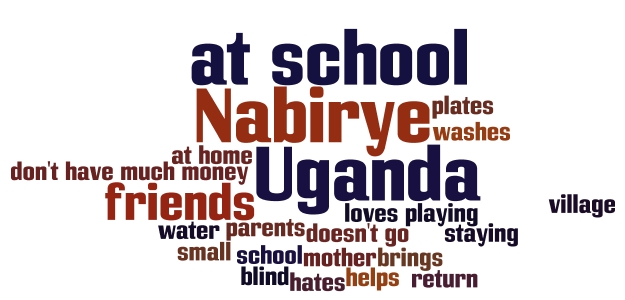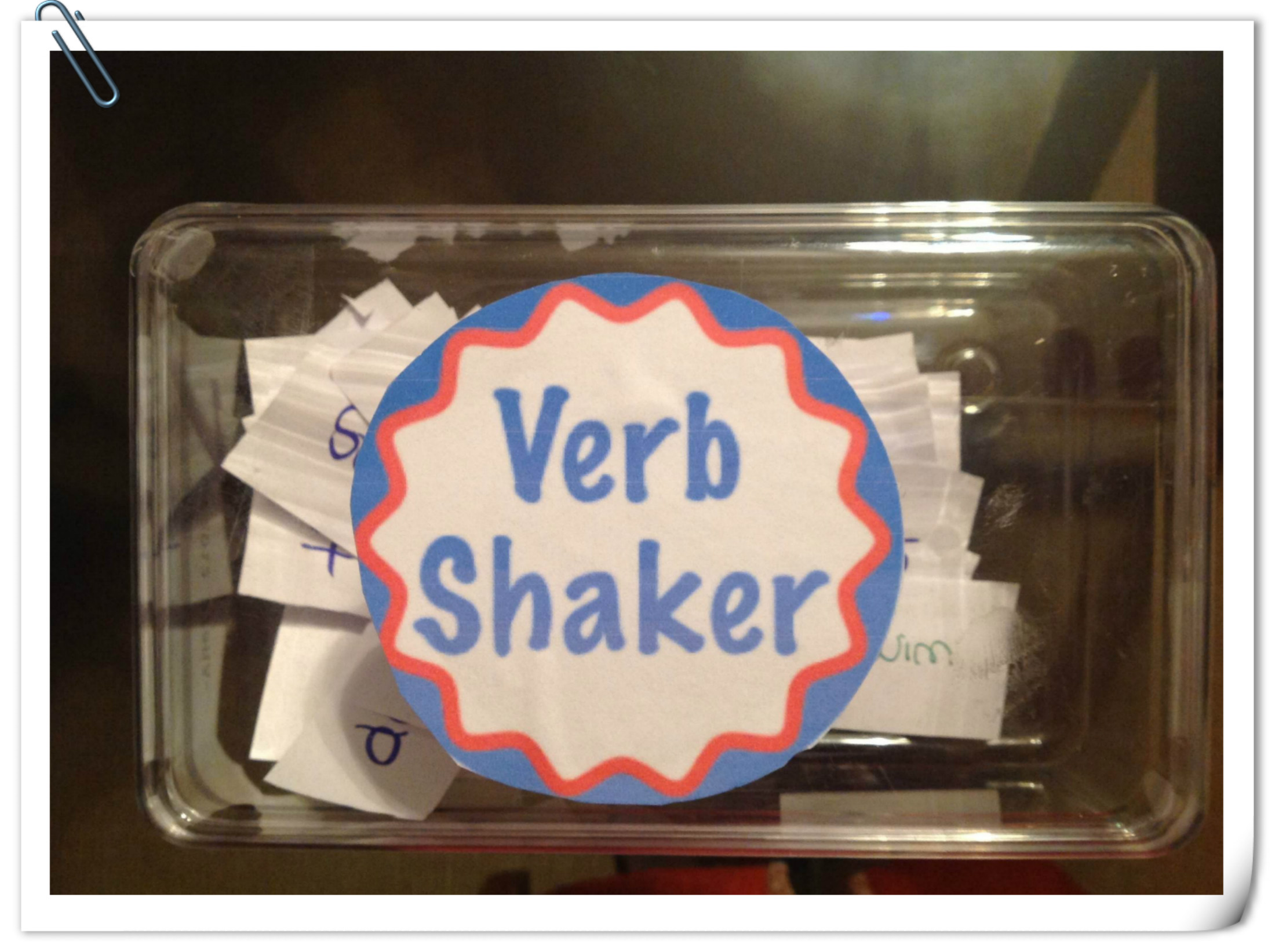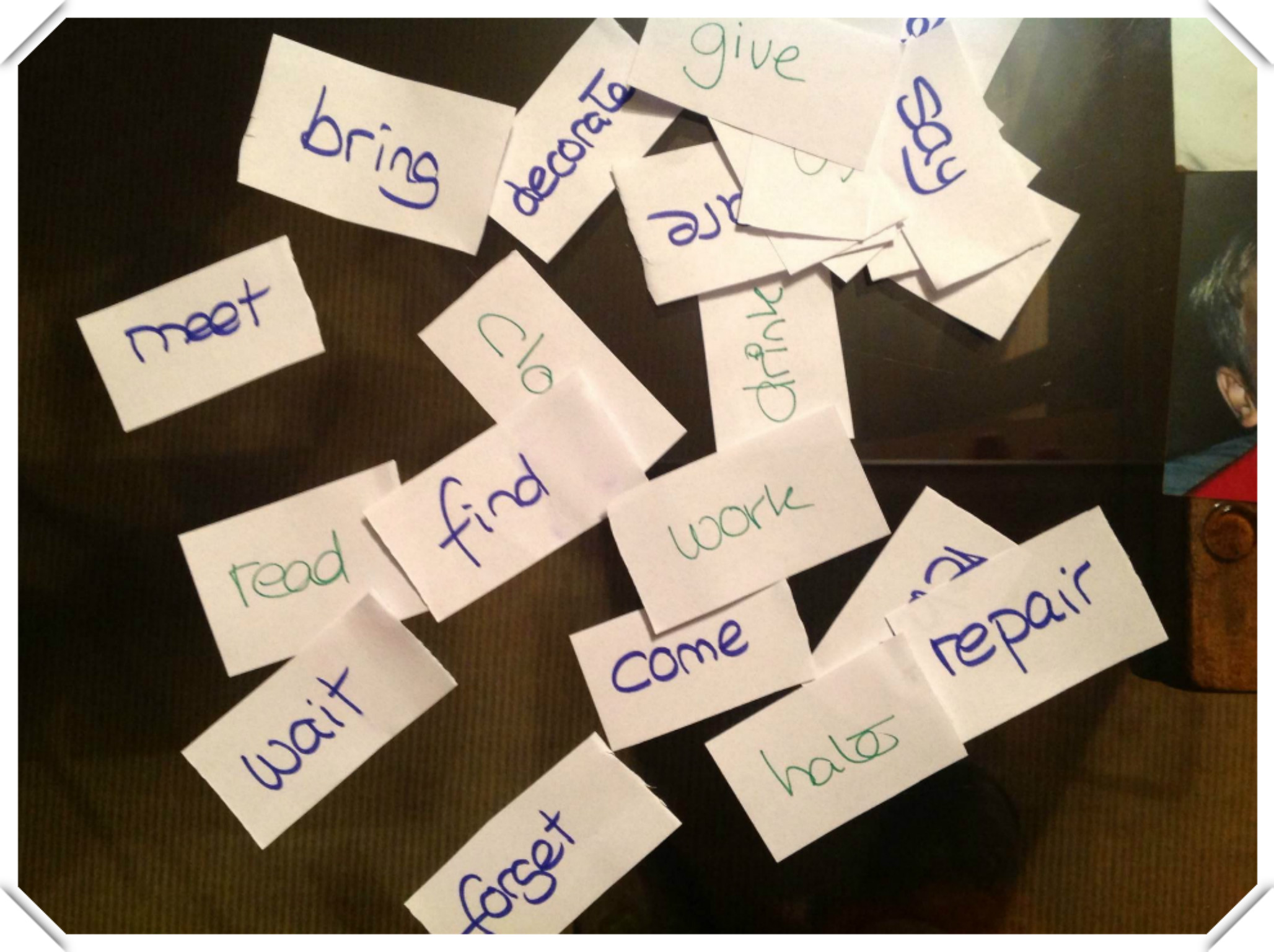If you’ve been reading me for some time you know how much I love games. Unfortunately, when I was a student at the high school I don’t seem to remember games being part of the teachers’ lesson plan. Now, from the other side of the fence,  I wonder why with so many different things you can do in a language class, we never did anything funny; well, occasionally, we did some fill in the blanks exercises with songs, but that’s it! I also wonder how, being our classes so boring, I ended up being a teacher.
I wonder why with so many different things you can do in a language class, we never did anything funny; well, occasionally, we did some fill in the blanks exercises with songs, but that’s it! I also wonder how, being our classes so boring, I ended up being a teacher.
If you are at all like me, you will love playing these games!!!
♥AGAINST THE CLOCK
This game requires some preparation. On slips of paper, write down the vocabulary that needs to be revised (verbs, phrasal verbs, adjectives…etc) . Students, sitting in a circle, play in groups of four or five, so there should be one set of cards for each group. Set a random amount of time, which students won’t know (this is important so that they don’t cheat). Give the pack of cards to one of the students. Set the timer. Now, he has to describe the word to the students in his group using only verbal language and, it goes without saying, without saying the word or part of it. When a student guesses the word, then the cards are passed to the next student. The person holding the cards when the alarm in the timer goes off loses. Continue playing until there is a winner.
Click to see a good selection of Classroom Timers
♥A-Z Picture Vocabulary.
This is a good activity to brainstorm new vocabulary and also to give more advanced students the opportunity to show off a bit. Students play in pairs or in threes mixing stronger and weaker students.
A picture with lots of elements is displayed on the Overhead Projector and students need to find in the picture something beginning with each of the letters of the alphabet A-Z .Set a time limit of 7-8 minutes







 Writing is probably one of the most difficult tasks students have to tackle but it is also true that we never dedicate enough time to improving this skill; there never seems to be enough time during lessons. Added to this is the fact that we are not used to writing in our own language, let alone in a foreign one. Therefore, what we normally get from our students are short sentences which usually fall short of our expectations.
Writing is probably one of the most difficult tasks students have to tackle but it is also true that we never dedicate enough time to improving this skill; there never seems to be enough time during lessons. Added to this is the fact that we are not used to writing in our own language, let alone in a foreign one. Therefore, what we normally get from our students are short sentences which usually fall short of our expectations.
